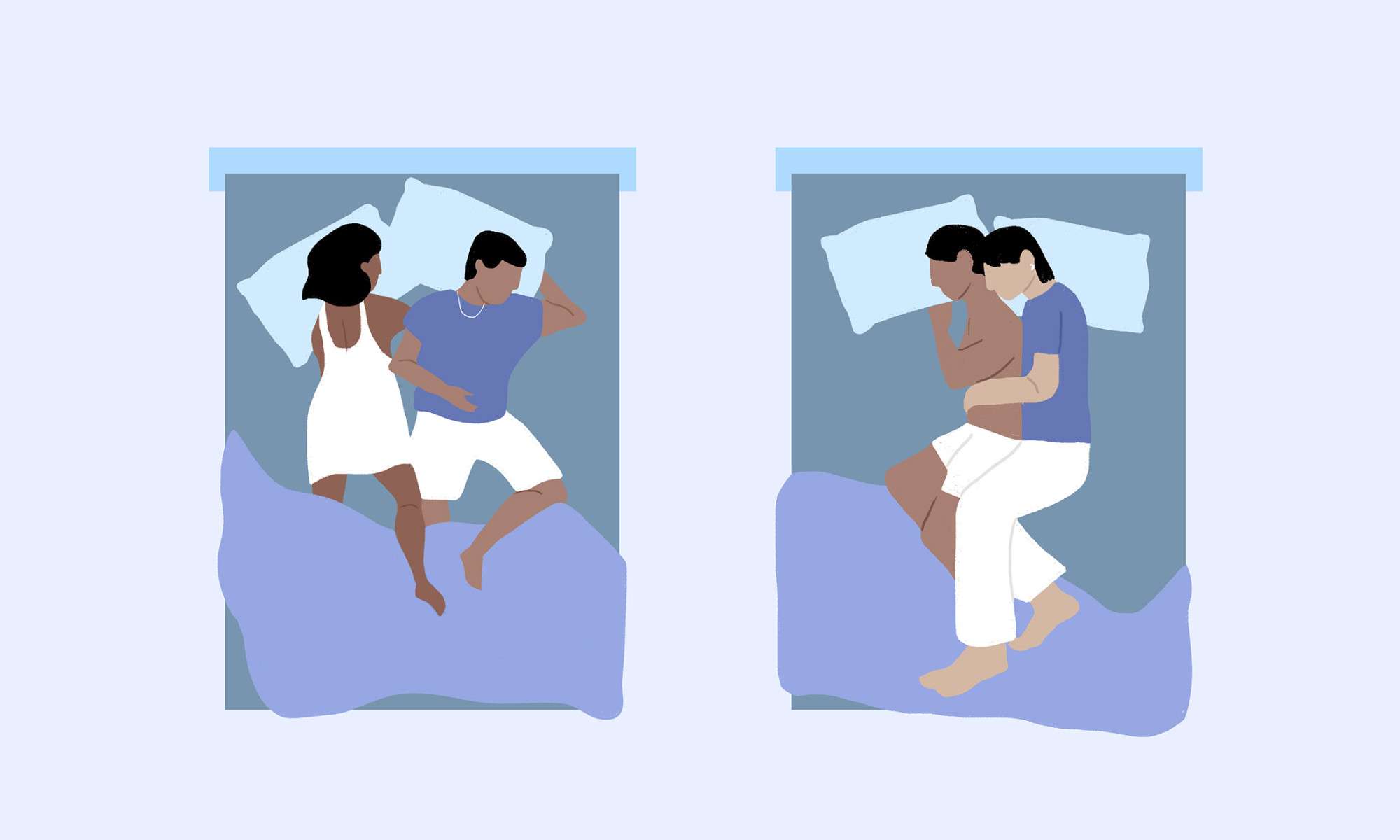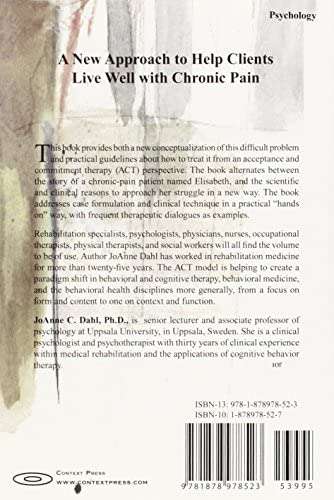
Share on Pinterest
Illustrations by Irene Goddard
Have you ever woken up and wondered how and why your body contorted itself into such a position? Do you turn onto one side in bed without even thinking? Would you rather stay as far away from your partner as possible at night?
“Sleep is vital for your health and well-being, and the position you sleep in could be just as important for your quality of sleep, your health, and relationship if you share a bed with your partner,” explains Doctor-4-U‘s Dr. Diana Gall.
It can also mean something deep. Your bedtime posture might just indicate a blissfully happy relationship or it may signal an unspoken emotional issue.
From the famous spooning to the lesser known tetherball, here’s a rundown of whether your sleeping position really means anything — or whether it’s just your body’s way of getting comfortable.
Spoon

Share on Pinterest
One of the most widely known couples’ sleeping positions, spooning involves one person acting as the “big spoon,” cocooning the other in a sideways hug.
“It can be a comfort for many people being so close to their partner,” says Dr. Gall. The “big spoon” is likely to feel protective of their partner, using their body to create a safe environment.
Only a fifth of couples actually sleep in this position though, according to a survey carried out by hotel company Travelodge.
Sleeping on your side “is considered the most comfortable [position] and better for your health,” notes Dr. Gall.
It doesn’t obstruct the airways as much as other positions, so it’s better for your breathing — a godsend for any snorer. And it may also relieve morning aches and pains due to giving your back some pressure-free time.
But there are some downsides.
There’s the chance you may affect your joints by hunching your shoulders and knees.
It can also impact your complexion. Squashing your face into the pillow, says Dr. Gall, “can drag the skin, which isn’t good for plump, wrinkle-free skin.”
Then there’s the comfort side to consider. There’s not a lot of room to move or stretch and it can feel claustrophobic to some.
Loose spoon

Share on Pinterest
When people have been in a relationship for some time, they may graduate to the loose spoon. Essentially, it’s a less restricted version of the original spoon.
You may think this position signifies a relationship problem, but experts say otherwise.
“It still provides that closeness and reassurance,” Dr. Gall says. “But there’s more space between you, allowing you to breathe and relax into a comfortable position.”
Chasing spoon

Share on Pinterest
Instead of situating the spoon in the center of the bed, the chasing spoon is a position where one person has moved to one side of the bed and the other appears to be “chasing” them.
This one is said to have a couple of meanings: that one person wants to be pursued by the other, or that the same person needs space from their partner.
Aside from a potential fall onto the floor, this comes with all the same ups and downs as the regular spooning position.
Face to face, touching

Share on Pinterest
A pretty self-explanatory sleeping position, this involves both people facing each other with their heads at the same level and their bodies intertwined.
Sleeping in this way suggests the two individuals are incredibly close and generally happy in their relationship.
But, in all honesty, this probably isn’t ideal for a good night’s sleep. After all, who wants someone breathing in their face for 8 hours?
So it makes sense that, in a 2014 survey carried out by the UK’s University of Hertfordshire, only 4 percent of couples reported spending the night facing each other.
Face to face, not touching
Share on Pinterest
If you sleep facing each other but don’t touch, some believe there could be an issue in the relationship. Both partners may desire attention from each other, but are failing to give it.
To combat this, experts recommend prioritizing listening to one another and being open and honest about your feelings.
However, it can also be read as another position called pillow talk. This is a sign that you’re close and open to sharing things with each other.
Back to back, touching
Share on Pinterest
Affectionately known as back kissing, sleeping back-to-back while remaining in contact with each other is seen as a super relaxed sleeping position.
Although it may be a sign of closeness, it’s more commonly seen in couples who have been together for less than a year.
Again, this is a form of side sleeping, so your back may feel better in the morning while other joints suffer.
Back to back, not touching
Share on Pinterest
This position also has a cute alternative name: liberty lovers.
Sleeping back-to-back with space in between could indicate connection and independence within the relationship. (Plus, you might get a better night’s sleep.)
But if you’ve suddenly switched from a more intimate position to this, you may need to chat to your partner about the newly developed space.
The liberty lovers posture can be good for the body as it relieves pressure on internal organs. However, it may also detrimentally impact the lower back and shoulders.
Cradle
Share on Pinterest
Also known as the nuzzle, this practically cherubic position sees one person sleeping flat on their back while the other rests their head on the first person’s chest. Legs and arms often “hug” each other too.
Just like spooning, this is deemed to be a protective posture with an added touch of passion.
But let’s be real: It’s not very comfortable. Someone is likely to end up with stiff or numb limbs.
That said, its heavy skin-to-skin reliance may release oxytocin, the love hormone.
Cliffhanger
Share on Pinterest
When both people are lying on either side of the bed far away from each other, they’re doing the cliffhanger. Bonus points if a foot sticks out over the edge.
To most people, this would be a sign that there’s a real problem in the relationship.
But if not carried out aggressively, it can actually signify that both people are happy in themselves and with their partner.
However, a 2014 survey of over 1,000 people did find that the further apart couples slept, the worse their relationship.
Paper dolls
Share on Pinterest
Lie on your back next to your partner, either holding hands or gently touching their arm or leg. What do you look like? Two paper dolls.
This slightly wooden position gives people intimacy and the chance to get a decent night’s sleep.
Although it may help those who deal with back pain and circulation problems, be aware that one or both of you may end up snoring, turning a peaceful night into an irritating one.
And if your back hurts more in this straight posture, put pillows under your knees to elongate the spine, says Dr. Gall.
Tetherball
Share on Pinterest
If you both like to sleep in completely different positions but simultaneously want some nighttime contact, try the tetherball.
One person curls up in a ball-type posture while the other sleeps on their back, resting a hand on their partner’s hip. Simple.
Touching in even the smallest of ways can impact a relationship, according to a UK survey.
In fact, 94 percent of couples who slept while touching reported feeling happy with their relationship, compared to 68 percent who didn’t touch.
Leg hug
Share on Pinterest
A second passionate posture is the leg hug. Whether your feet are touching every so often or your legs are fully intertwined, this position is asking for intimacy.
If both of you are doing it, that’s a good sign. But if only one person is into the leg hug, there may be a slight imbalance in the relationship.
The leg hug allows both people to sleep on their back, side, or front, giving them the freedom to find what’s most comfortable for them.
Shingles
Share on Pinterest
An odd name, we know — but it can be rather comfy.
The position involves both of you lying flat on your back and one person placing their head on the other’s shoulder.
According to sleep experts, it’s a symbol of understanding and confidence with one person willing to act as the protector.
Stomach snooze
Share on Pinterest
Sleeping on the stomach isn’t a very healthy position for most. When doing so with a partner, it can symbolize a lack of trust and a degree of vulnerability.
Individually, it can hurt too.
“This is in fact one of the worst positions for causing back pain as it places pressure on your spine,” says Neil Robinson, chief sleep officer at bed manufacturer Sealy UK.
Pain can result in a number of ways, explains Robinson. Front sleeping “makes it difficult to maintain a neutral spine position and can force your lumbar region (the lower region of your spine) to bend beyond its usual limits.”
Plus, it “means you’re forced to turn your head to either side to breathe, which causes the spine in your neck to twist.”
If you love sleeping like this, there’s a way to help avoid some aches and pains: Robinson advises lying with a pillow under your stomach to better align your spine.
Tangle
Share on Pinterest
A rather intense position, the tangle is apparently rarely seen. When it does occur, it’s usually immediately after an intimate situation or at the beginning of a new relationship.
It can only be described as this: an extremely close hug, but lying down. In other words, not a lot of breathing room.
While the tangle is okay every now and then, long-term incidences may prompt you to rethink how dependent you are on each other.
Unraveling knot
Share on Pinterest
This begins with the aforementioned tangle and eventually unravels so that each person can sleep how they like.
It’s deemed to be a healthier position than the tangle, as it’s equal parts intimate and independent.
However, this is only likely to be seen in couples who’ve been together for a while.
Starfish
Share on Pinterest
Sleeping in the starfish position (aka space hog) — sprawling out across the entire bed — alone can be beneficial; both for sleep quality and for the state of your body.
Starfishers report being the most likely to wake up feeling refreshed, notes Robinson.
This posture can also diminish back pain, as it “helps to distribute your weight across the widest surface of your body whilst keeping your spine in a neutral position.”
Those dealing with heartburn may see improved symptoms too, adds Robinson, as the starfish “prevents stomach acid from slipping into your esophagus during the night.”
But it can worsen snoring or symptoms of sleep apnea. And if carried out with another person in the bed, it can signify selfishness.
Soldier
Share on Pinterest
Imagine you’re being told how to sleep by a military officer, and you’re guaranteed to lie flat on your back with your arms positioned straight down next to your body.
The soldier position may exacerbate snoring and isn’t thought to be particularly comfortable. But 11 percent of Americans do it according to a nationwide survey from the Better Sleep Council.
Fetal
Share on Pinterest
Almost half of Americans sleep like a literal baby, according to the same survey. And many say it’s the most comfortable position to spend the night in.
While curling up is cozy, doing it too tightly can put strain on your lower back and pressure on your abdomen.
To alleviate these effects, try straightening your body out a little. Putting a pillow in between your knees may also help your hips.
The bottom line
When it comes to sleeping positions, it’s safe to say you should take any deeper meanings with a pinch of salt.
Listen to the health benefits and disadvantages, as they tend to be backed up by science — but don’t stress about the impending demise of your relationship.
You might just prioritize comfort over nighttime closeness, and there’s nothing wrong with that.
Lauren Sharkey is a journalist and author specializing in women’s issues. When she isn’t trying to discover a way to banish migraines, she can be found uncovering the answers to your lurking health questions. She’s also written a book profiling young female activists across the globe and is currently building a community of such resisters. Catch her on Twitter.




